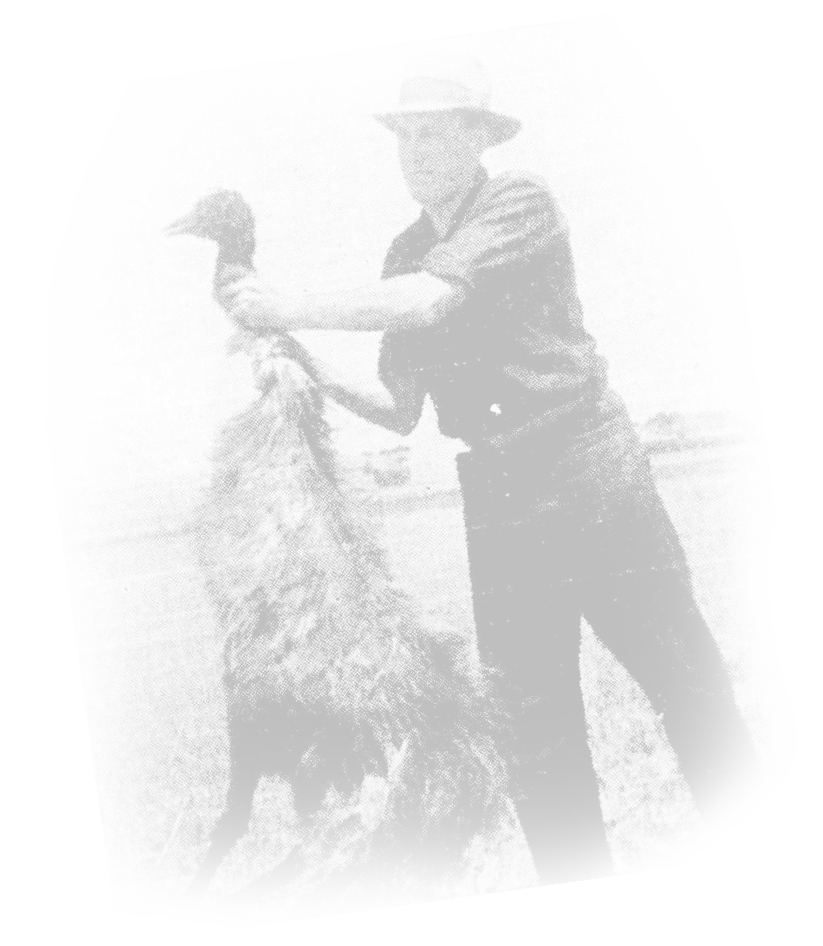After the withdrawal of the military, the emu attacks on crops continued. Farmers again asked for support, citing the hot weather and drought that brought emus invading farms in the thousands. A report from the Base Commander was issued that indicated 300 emus had been killed in the initial operation.
Casualties: approx. 300 emus
Acting on the requests and the Base Commander's report, by 12 November the Minister of Defence approved a resumption of military efforts. Although the military had agreed to lend the guns to the Western Australian government on the expectation that they would provide the necessary people, Meredith was once again placed in the field due to an apparent lack of experienced machine gunners in the state.
Taking to the field on 13 November 1932, the military found a degree of success over the first two days, with approximately 40 emus killed. The third day, 15 November, proved to be far less successful, but by 2 December the soldiers were killing approximately 100 emus per week. Meredith was recalled on 10 December, and in his report he claimed 986 kills with 9,860 rounds, at a rate of exactly 10 rounds per confirmed kill. In addition, Meredith claimed 2,500 wounded birds had died as a result of the injuries that they had sustained.
Casualties: approx. 986 emus






